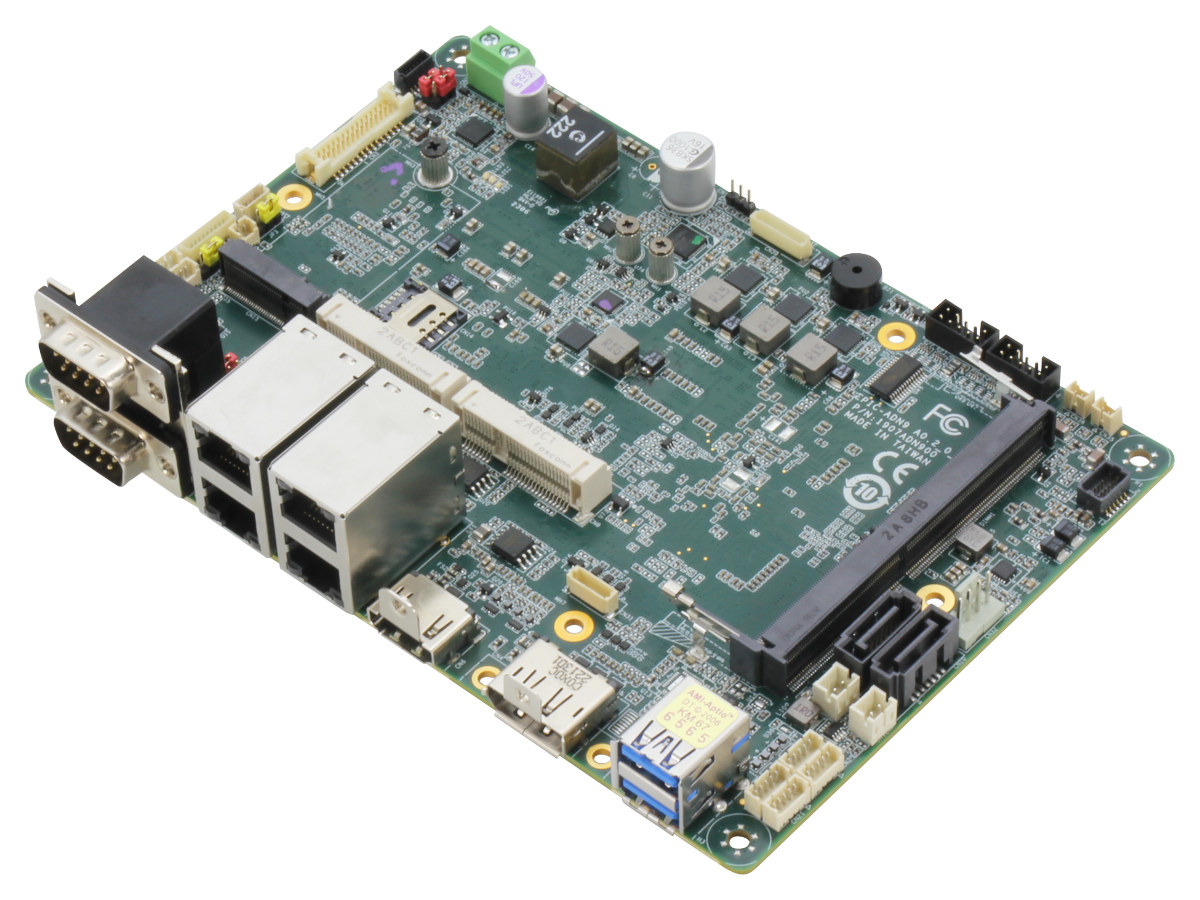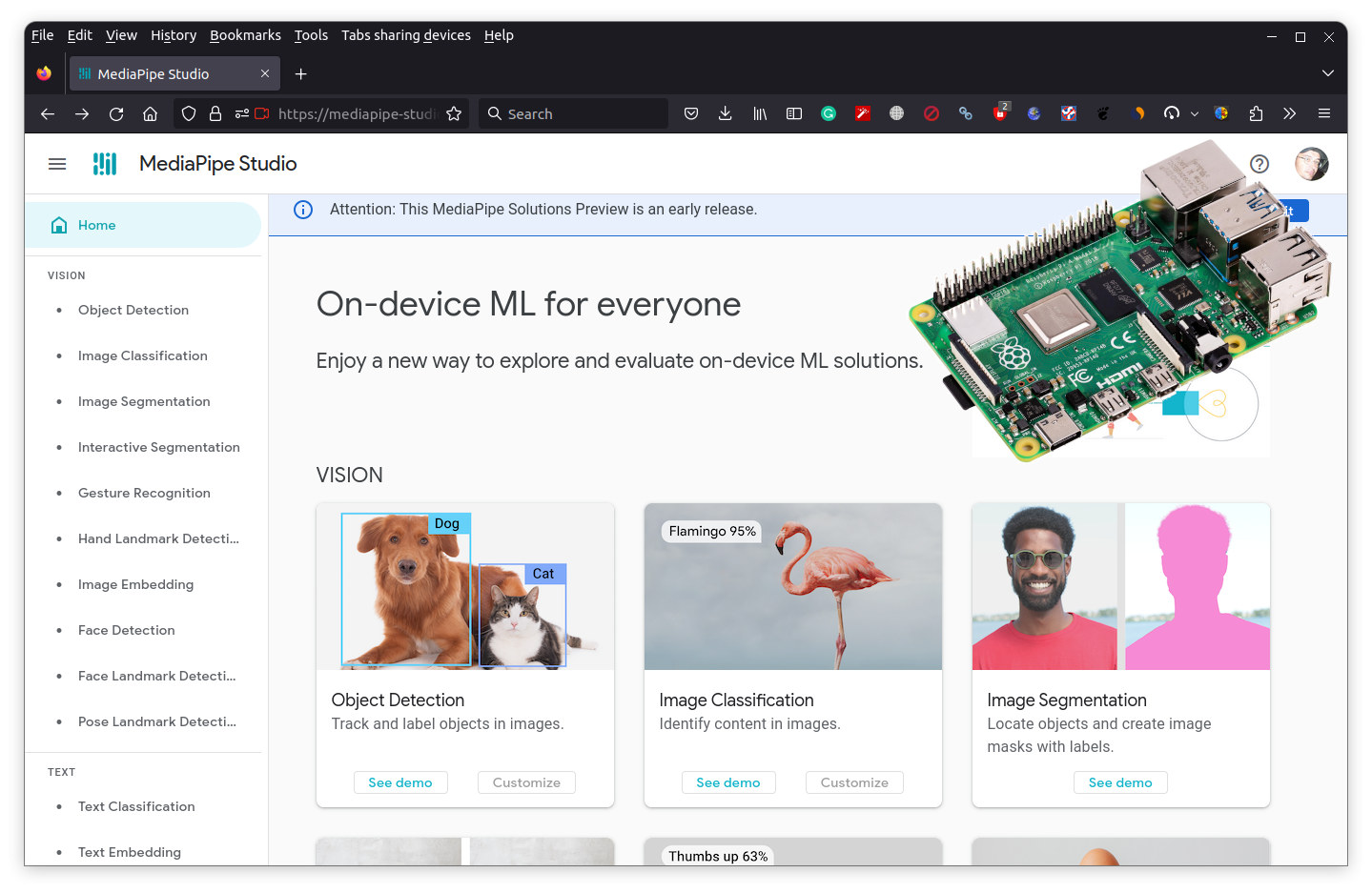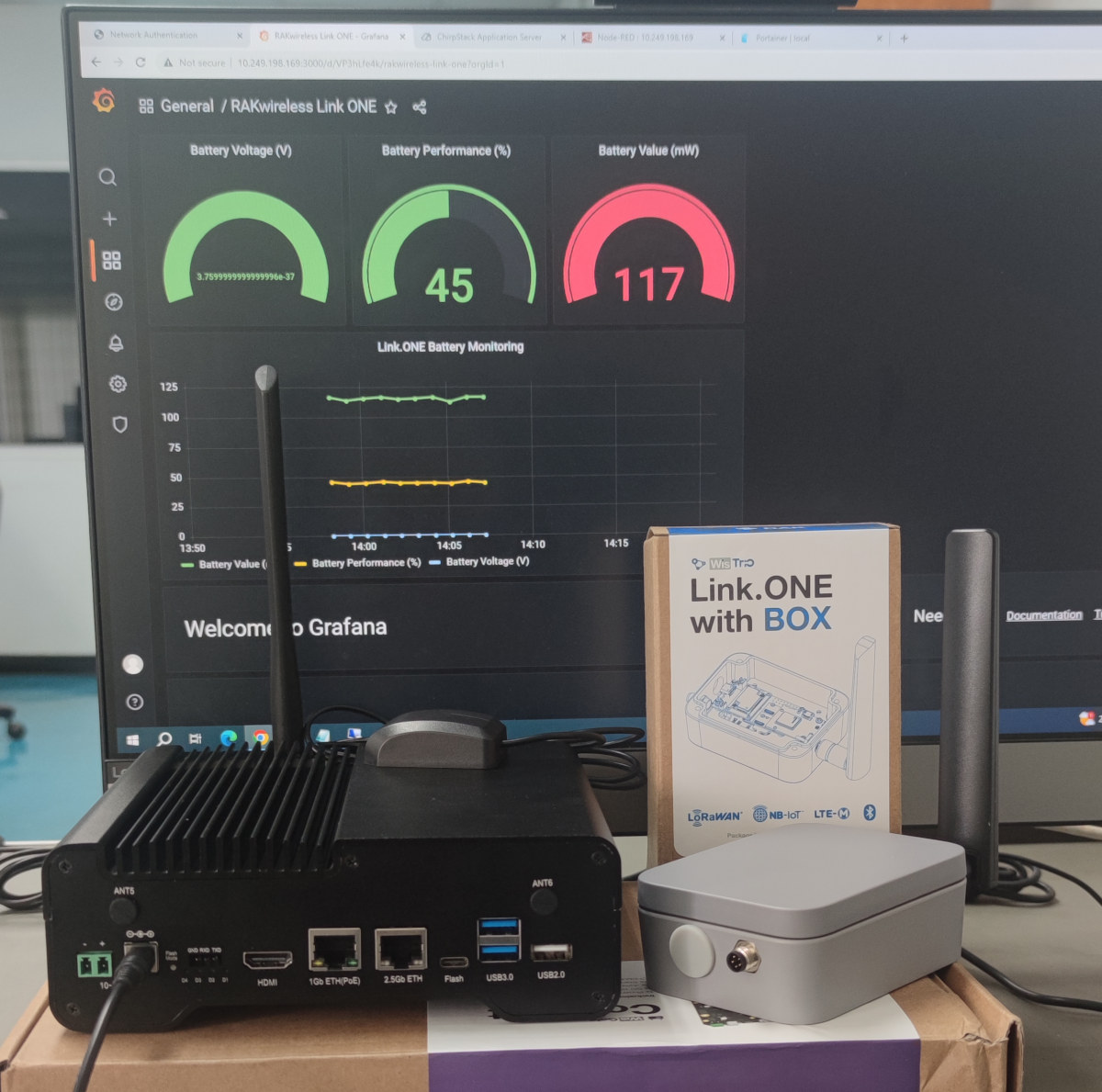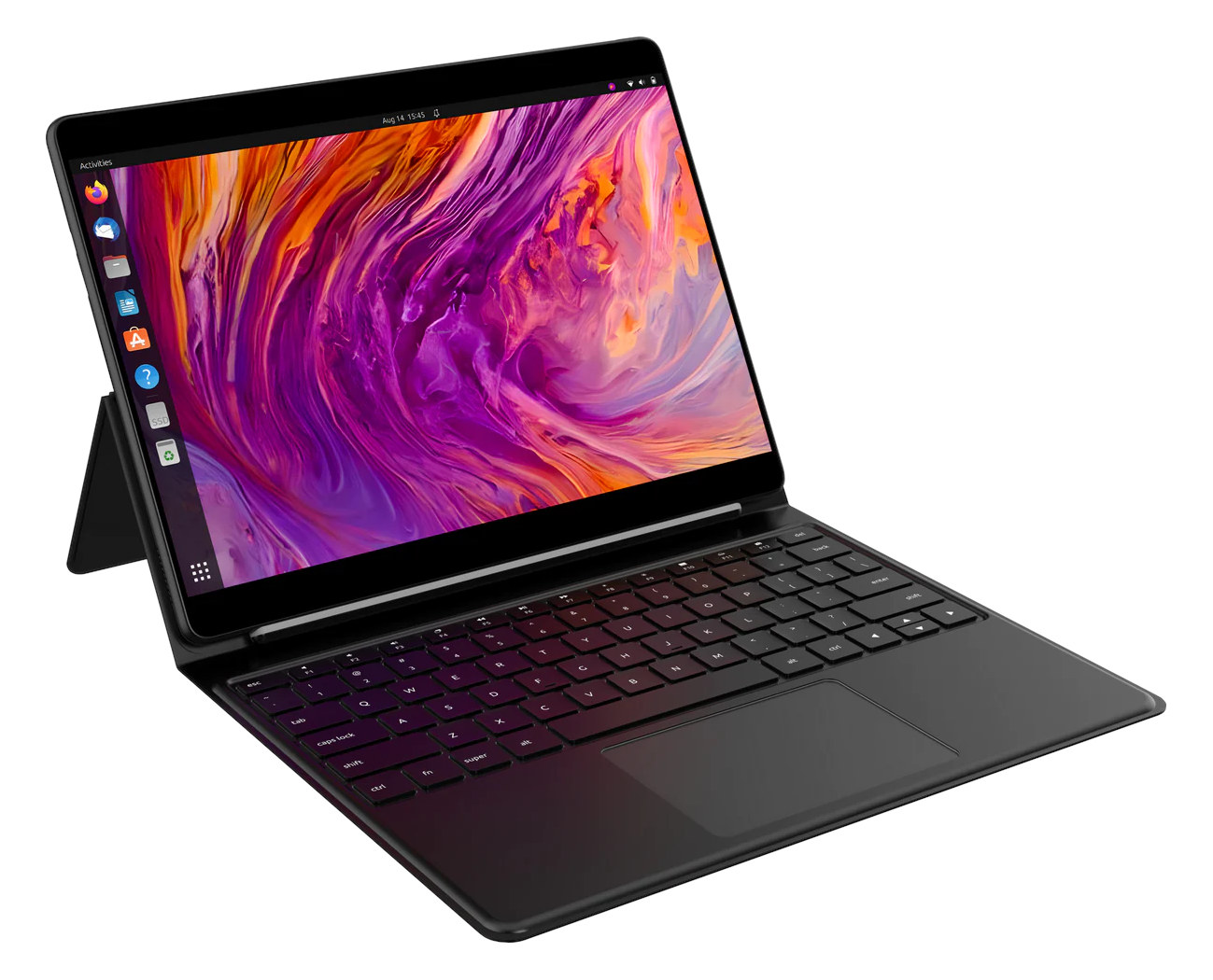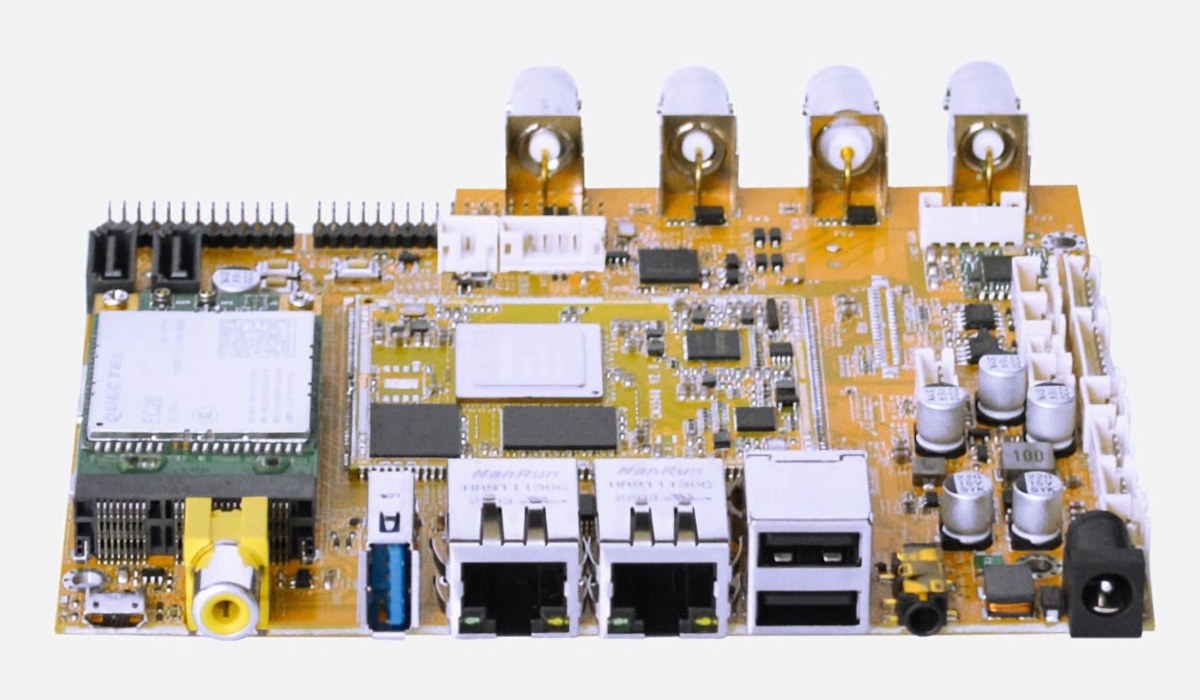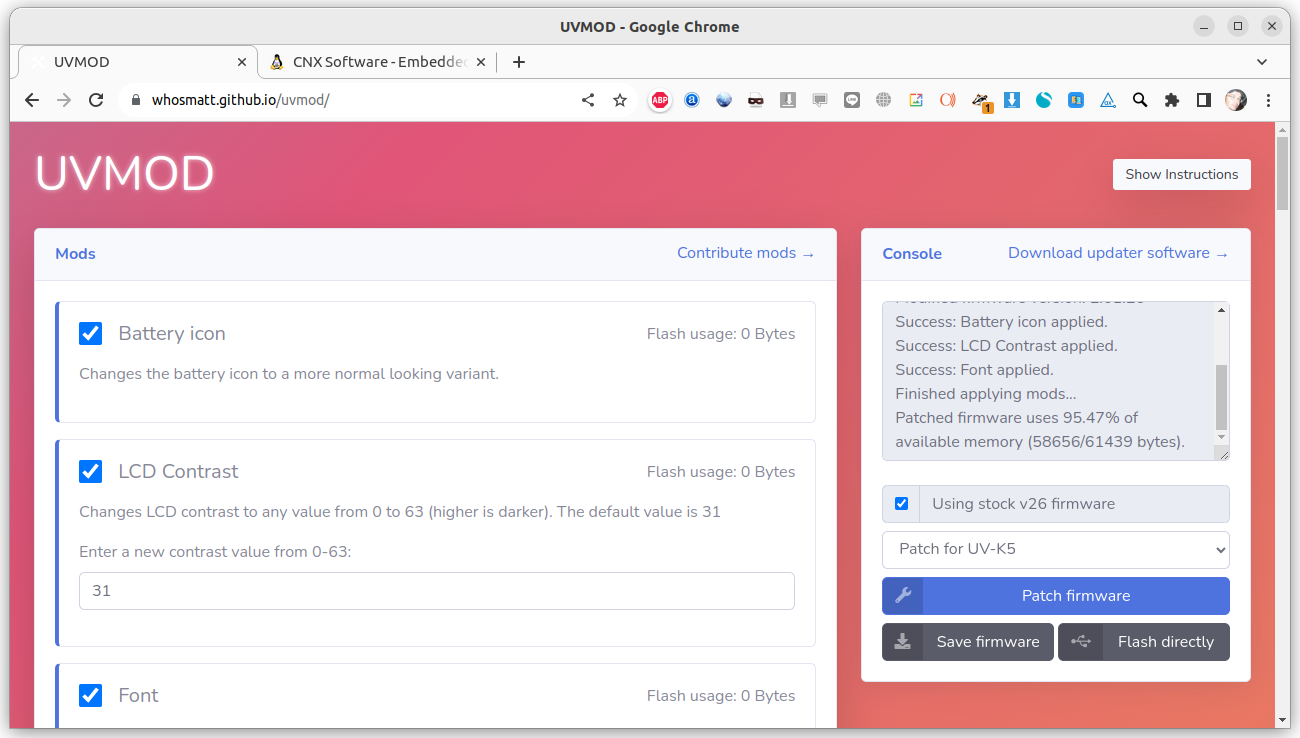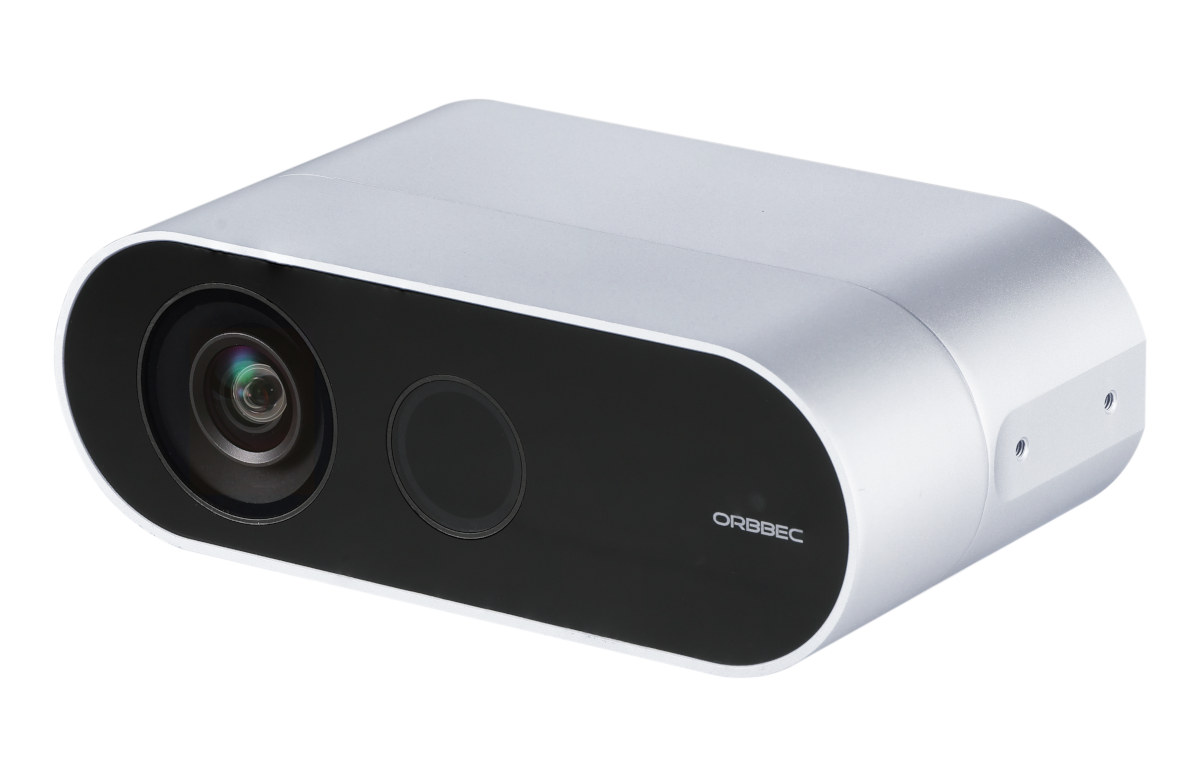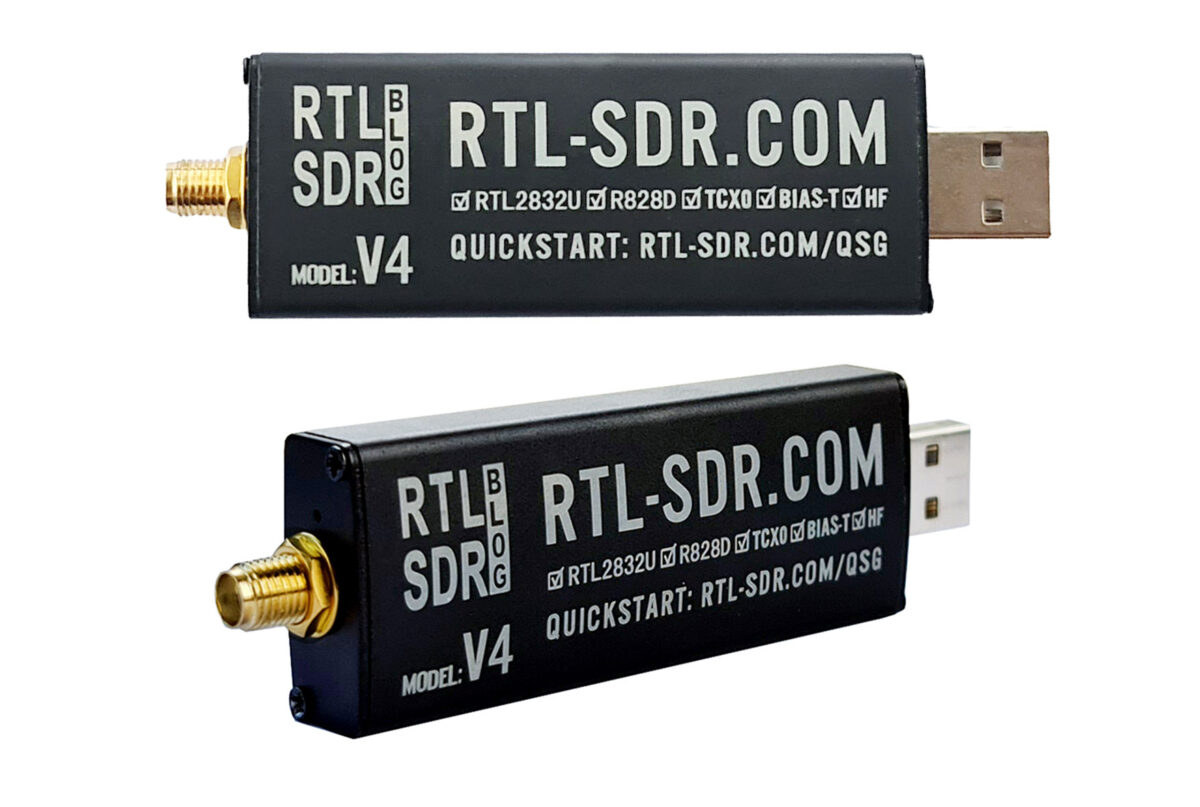AAEON EPIC-ADN9 SBC is powered by an Intel Processor N50/N97, Core i3-N305, or Atom x7425E Alder Lake N-series processor and equipped with up to four 2.5GbE networking ports and two SATA III ports for storage. The board also comes with a SO-DIMM slot taking up to 16GB DDR4 memory, mSATA storage, three display interfaces including HDMI and DisplayPort, and two USB 3.2 Gen 2 ports, and offers expansion capabilities via M.2 and mPCIe sockets as well as headers. AAEON EPIC-ADN9 specifications: Alder Lake-N SoC (one or the other) Intel Core i3-N305 octa-core processor @ 1.8 / 3.8 GHz (Turbo) with 6 MB cache, 32 EU Intel UHD Graphics up to 1.25 GHz; TDP: 15W Intel Atom x7425E quad-core processor @ 1.5 / 3.4 GHz (Turbo) with 6 MB cache, 24 EU Intel UHD Graphics up to 1.00 GHz; TDP: 12W Intel Processor N97 quad-core processor @ 2.0 / 3.6 GHz […]
MediaPipe for Raspberry Pi released – No-code/low-code on-device machine learning solutions
Google has just released MediaPipe Solutions for no-code/low-code on-device machine learning for the Raspberry Pi (and an iOS SDK) following the official release in May for Android, web, and Python, but it’s been years in the making as we first wrote about the MediaPipe project back in December 2019. The Raspberry Pi port is an update to the Python SDK and supports audio classification, face landmark detection, object detection, and various natural language processing tasks. MediaPipe Solutions consists of three components: MediaPipe Tasks (low-code) to create and deploy custom end-to-end ML solution pipelines using cross-platform APIs and libraries MediaPipe Model Maker (low-code) to create custom ML models MediaPipe Studio (no-code) webpage to create, evaluate, debug, benchmark, prototype, and deploy production-level solutions. You can try it out directly in your web browser at least on PC and I could quickly test the object detection on Ubuntu 22.04. MediaPipe Tasks can be […]
Setting up a private LoRaWAN network with WisGate Connect gateway
In this guide, we’ll explain how to set up a private LoRaWAN network using the Raspberry Pi CM4-based RAKwireless’ WisGate Connect gateway and Docker or Portainer to install NodeRED, InfluxDB, Grafana, and other packages required to configure our gateway. The WisGate Connect is quite a versatile gateway with Gigabit and 2.5Gbps Ethernet plus several optional wireless connectivity options such as LoRaWAN, 4G LTE, 5G, WiFi 6, Zigbee, WiFi HaLoW, and more that can be added through Mini PCIe or M.2 sockets, expansion through WisBlock IO connectors and a 40-pin Raspberry Pi HAT connector. We’ll start by looking at the gateway features in detail, but if you already know all that, you can jump to the private LoRaWAN network configuration section. WisGate Connect unboxing, specifications, and teardown RAKwireless sent us a model with a Raspberry Pi CM4 equipped with 4 GB of RAM and 32 GB of eMMC memory, GPS and […]
StarLite Mk V 2-in-1 Linux hybrid laptop features Processor N200 processor
Just last month, Star Labs introduced the Byte Mk II Intel Processor N200-based mini PC with a choice of Linux distributions that include Ubuntu 22.04, Linux Mint, Manjaro, Zorin OS, and others, as well as Coreboot support. The company has now introduced another Linux hardware platform powered by the Processor N200 Alder-Lake-N CPU with the StarLite Mk V 2-in-1 hybrid laptop with a 12.6-inch tablet and a detachable keyboard available in six different layouts. StarLite Mk V specifications: SoC – Intel Processor N200 quad-core processor @ up to 1.0 GHz / 3.7 GHz (Turbo) with 6MB cache, 32EU Intel HD graphics @ 750 MHz; TDP: 6W (PL2 set to 25W) System Memory – 16GB 4800MHz LPDDR5 RAM Storage – 512GB M.2 2242 PCIe Gen3 NVMe SSD (option for 1TB or 2TB); microSD card slot Display 12.6-inch 3K touchscreen IPS display with 2880 x 1920 resolution, LED backlight, 10-point touch Micro […]
Rockchip RK3568 SBC takes up to four AHD cameras, two SATA drives
Boardcon EM3568-AV CAM SBC is powered by a Rockchip RK3568 SoC and comes with four AHD (analog high-definition) camera connectors and two SATA 3.0 ports to store video data on hard drives. The SBC is also equipped with up to 8GB RAM, up to 128GB eMMC flash, supports MIPI DSI, LVDS, and eDP displays, and features a video composite output, two Gigabit Ethernet ports, WIFi 4 connectivity, an optional 4G LTE module, a few USB ports, and several connectors for expansion. Boardcon EM3568-AV CAM specifications: SoC – Rockchip RK3568 CPU – Quad-core Cortex-A55 processor @ up to 2.0 GHz GPU – Arm Mali-G52 2EE GPU with support for OpenGL ES 1.1/2.0/3.2, OpenCL 2.0, Vulkan 1.1 AI accelerator – 1 TOPS NPU (probably rounded up from 0.8 TOPS) VPU – 4Kp60 H.265/H.264/VP9 video decoding, and 1080p60 H.265/H.264 video encoding System Memory – 2GB (up to 8GB) Storage 8GB eMMC flash (up […]
Quansheng multiband radios’ firmware can be flashed and customized from a web browser
We’ve recently written about the Quansheng UV-K5 multiband radio which supports experimental firmware to work in a wider 18 MHz – 1300 MHz frequency range than with the stock firmware so it can be used for amateur radio, air traffic control, Citizens Band (CB) radio, and other fun stuff. But flashing the firmware requires downloading the manufacturer’s Windows-only programming software and customizations are provided through multiple firmware files. But it has now become much easier to flash the firmware for Quansheng devices thanks to the work of whosmatt who developed the UVMOD web interface using WebSerial to flash the firmware and even customize it from Windows or Linux. The interface supports Quansheng UV-K5, UV-K6, UV-K5(8), and UV-5R Plus handheld radios, and you’ll need a web browser that supports the WebSerial API to flash the firmware directly from the web browser directly, which means only the desktop versions of Chrome, Edge, […]
Orbbec Femto Bolt 3D depth and RGB USB-C camera supports Microsoft ToF technology
Orbbec Femto Bolt is a 3D depth and RGB USB-C camera developed in collaboration with Microsoft and integrating the same ToF (Time-of-Flight) technology as found in the Microsoft Azure Kinect camera module and HoloLens 2 mixed reality head-mounted display. The new model follows the launch of the fully integrated Femto Mega featuring an NVIDIA Jetson Nano module introduced in January with the same ToF technology, so the new USB-C camera simply allows a wider selection of hosts. Orbbec has also launched the Femto Mega I variant with an IP65 metal enclosure. Orbbec Femto Bolt specifications: Cameras Depth camera 1 Mega Pixel ToF sensor 850nm wavelength 0.25 to 5.45m range depending on the depth mode Up to 1024×1024 @ 15 fps (WFoV) or 640×579 @ 30 fps (NFoV) FoV Wide – H: 120°; V: 120° Narrow – H: 75°; V: 65° RGB camera 4K resolution up to 3840×2160 @ 25 fps […]
RTL-SDR Blog V4 dongle launched with Rafeal R828D tuner chip
RTL-SDR has just launched the RTL-SDR Blog V4 dongle for software-defined radio (SDR) enthusiasts based on the Rafael R828D tuner chip with three switchable inputs instead of the R860 chip used in RTL-DSR Blog V3 dongle. The new model still features the Realtek RTL2832U demodulator found in all previous versions of the SDR USB dongles but adds basic input filtering, integrates an improved LDO for the power circuity leading to fewer heat emissions, and improves HF reception thanks to a built-in upconverter. The main RTL-SDR Blog V4 dongle improvements include: Improved HF Reception thanks to a built-in upconverter instead of using a direct sampling circuit. Some positive consequences are that there’s no more Nyquist folding of signals around 14.4 MHz, improved sensitivity, and adjustable gain on HF. Improved filtering thanks to the three inputs of the R828D tuner chip found in the V4 dongle. Three bands (HF, VHF, and UHF) […]


